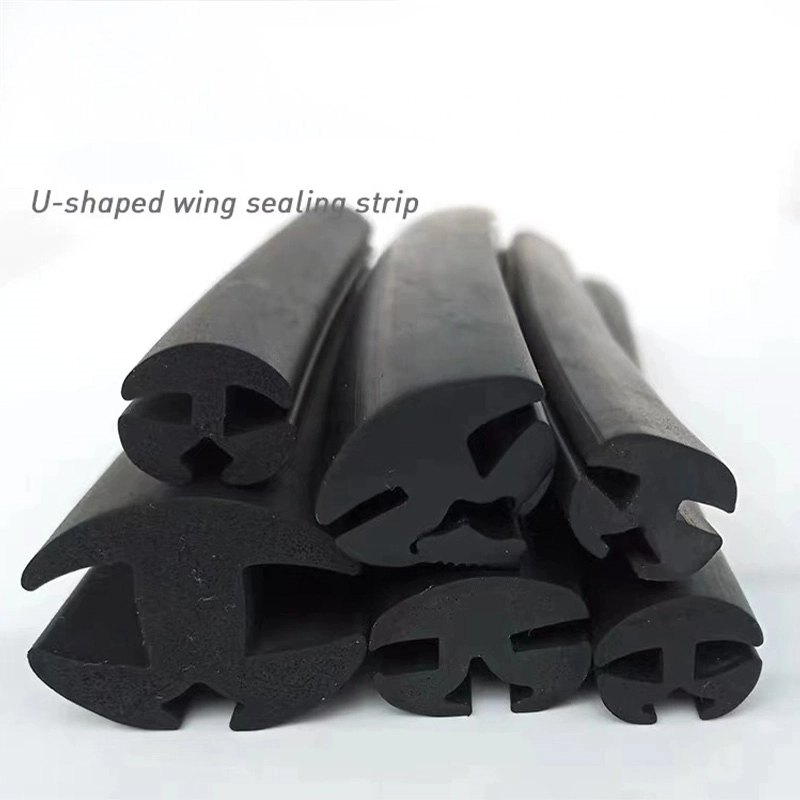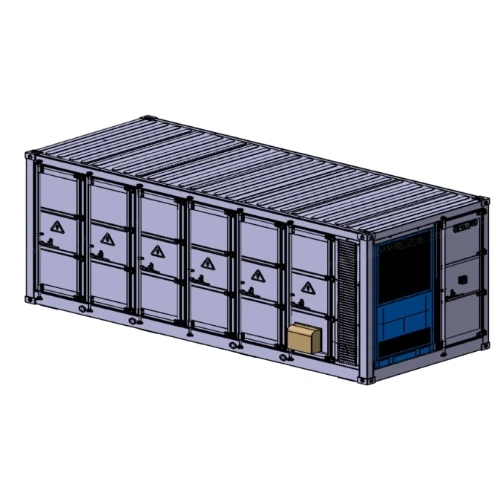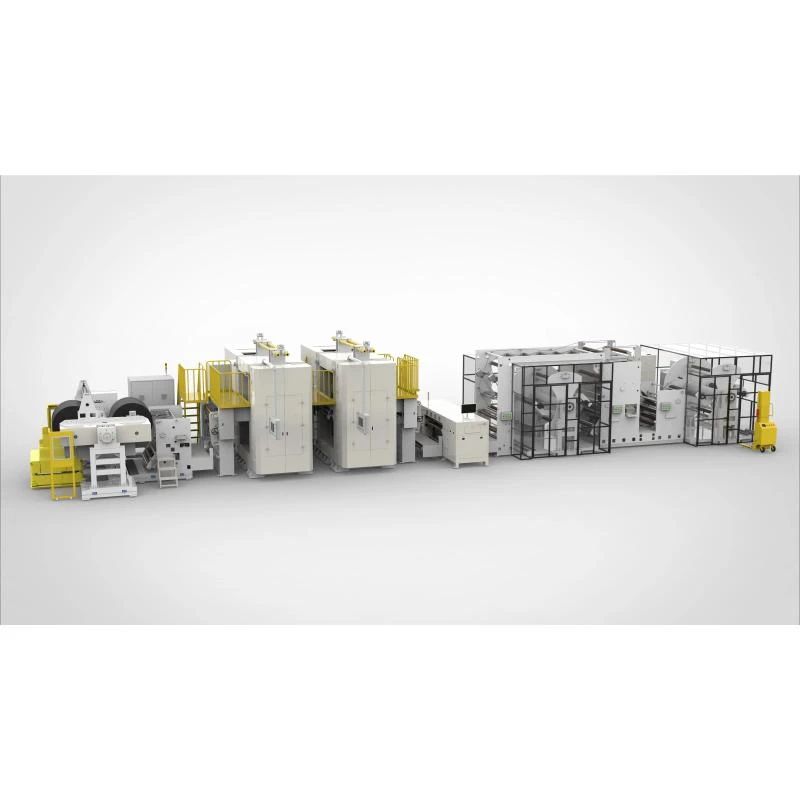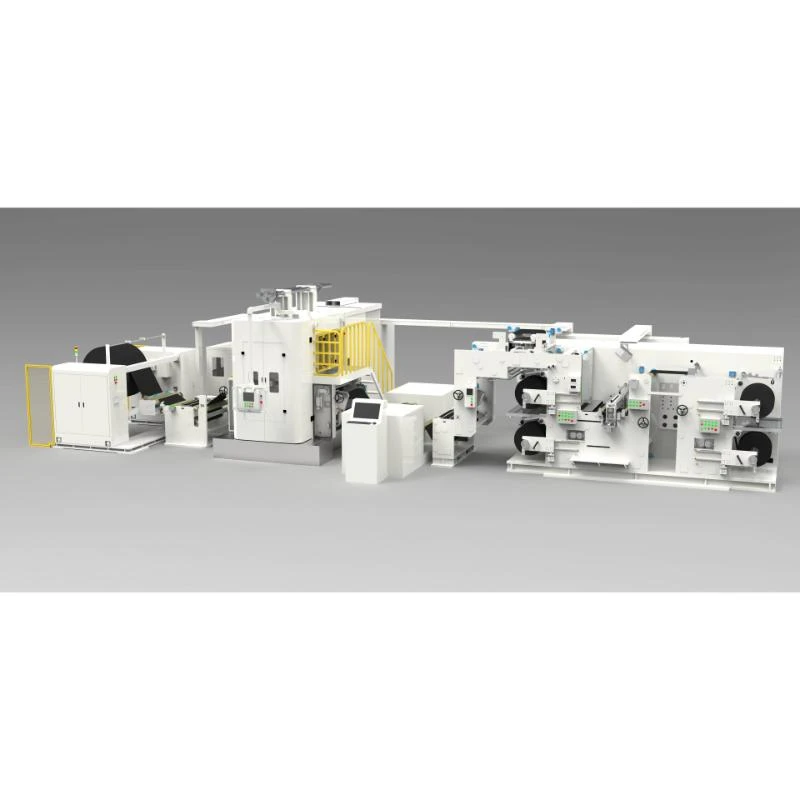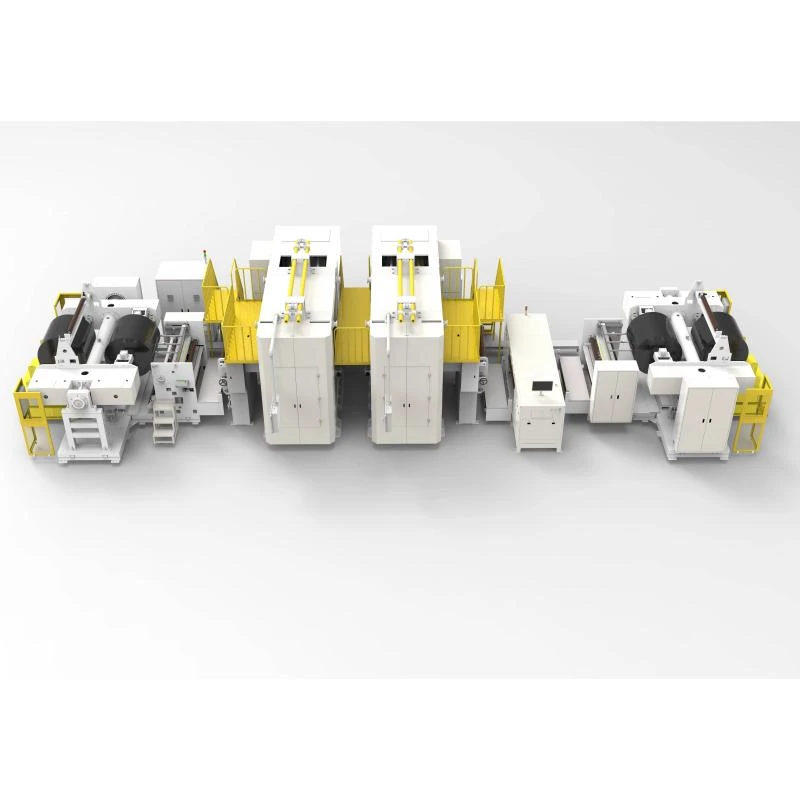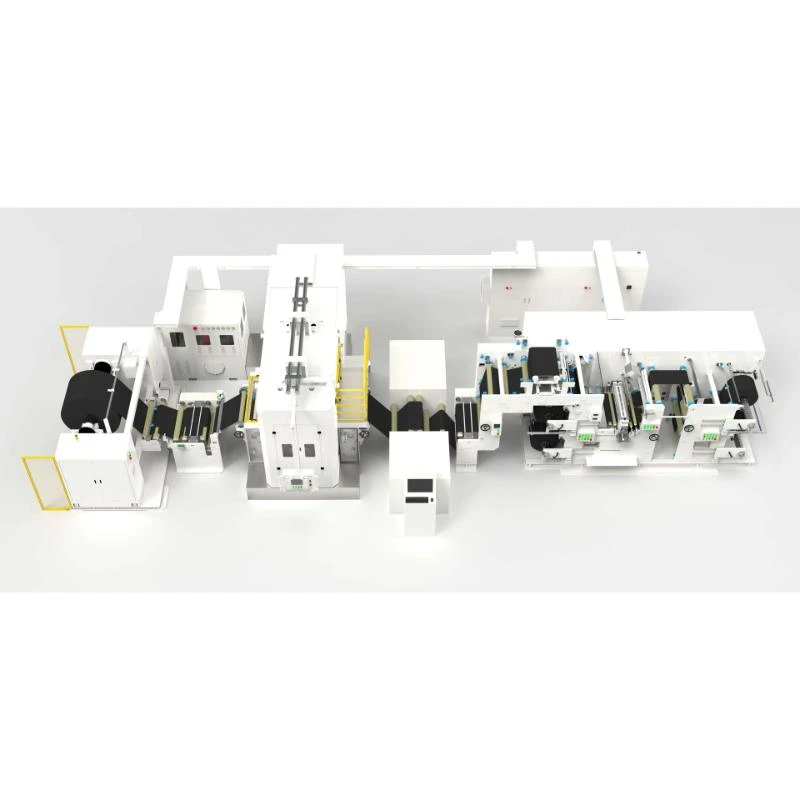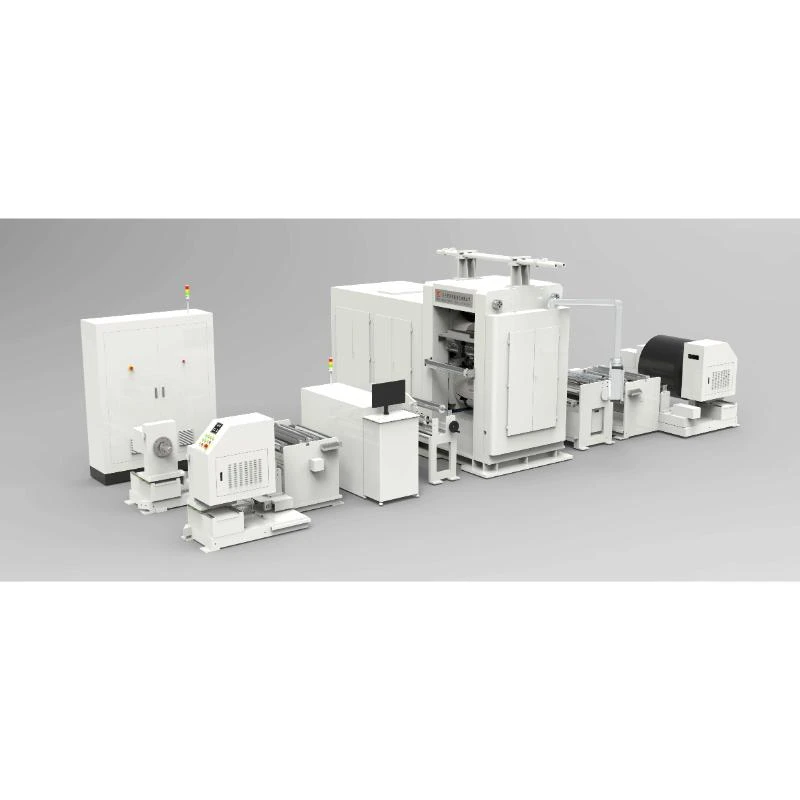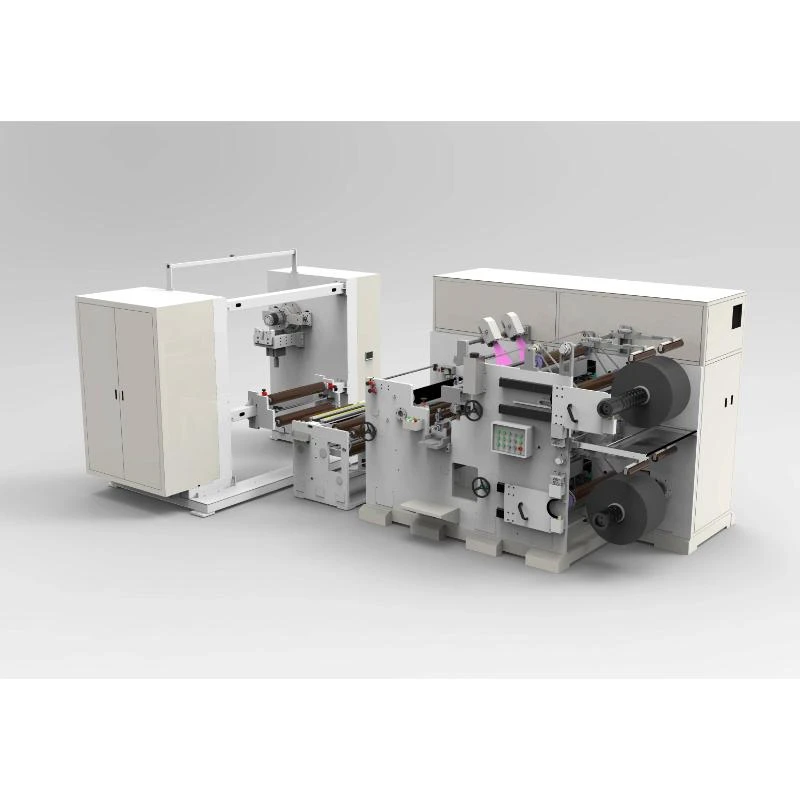Sodium Bentonite Composition and Its Role in Cat Litter Production by Leading Manufacturers
The Role of Sodium Bentonite in Cat Litter Manufacturing
When it comes to choosing the right litter for our feline companions, one of the most crucial ingredients that often receives attention is sodium bentonite. This natural clay substance has revolutionized the cat litter industry, primarily due to its superb absorbent properties and clumping ability. This article delves into the importance of sodium bentonite in cat litter manufacturing, highlighting how it enhances litter performance while considering its environmental impact and suitability for pet care.
The Unique Properties of Sodium Bentonite
Sodium bentonite is a type of clay that expands when wet, absorbing moisture effectively and forming clumps. This characteristic makes it highly desirable in cat litter production. When a cat uses the litter box, the moisture from urine or feces triggers the clay's clumping ability, allowing for easy removal of waste. This not only keeps the litter box cleaner for longer but also minimizes odors, creating a fresher environment for both cats and their owners.
Moreover, sodium bentonite has excellent absorbing qualities that help control the unpleasant smells associated with pet waste. This feature is pivotal for cat owners who face challenges in maintaining a hygienic litter box. By neutralizing odors effectively, sodium bentonite ensures that cat litter is not just functional but also pleasant to use.
Manufacturing Process
The manufacturing of cat litter involves several steps that optimize the properties of sodium bentonite. Initially, high-quality bentonite is mined and crushed into a fine powder. This powder is then processed to remove impurities and is often subjected to various treatments to enhance its absorbent properties. The final product can vary in texture and size, appealing to different consumer preferences.
sodium bentonite in cat litter manufacturers

While some manufacturers offer standard clumping litters, others have innovated by introducing variations such as lightweight or scented options, which are designed to cater to specific needs in the market. This diversification has allowed sodium bentonite to maintain its status as a benchmark ingredient in cat litter, providing various solutions for cat owners.
Environmental Considerations
While sodium bentonite excels in performance, its environmental impact is a concern for many eco-conscious consumers. Traditional bentonite mining practices can lead to habitat disruption and ecological imbalances if not managed responsibly. Consequently, several manufacturers have embraced sustainable practices, such as responsible sourcing of sodium bentonite and incorporating recycling initiatives in their production processes.
Additionally, there are growing efforts towards developing biodegradable cat litters. Although sodium bentonite is not biodegradable, some companies are exploring blended formulations that combine sodium bentonite with biodegradable materials, creating litter that performs well while being kinder to the environment.
Conclusion
Sodium bentonite is a cornerstone of modern cat litter manufacturing, offering exceptional clumping and odor control capabilities that resonate with cat owners' needs. As the industry evolves, manufacturers are increasingly identified with their commitment to sustainability, balancing performance with environmental consciousness. For pet owners and manufacturers alike, understanding and utilizing the unique properties of sodium bentonite can lead to better products and happier cats. As we move forward, it is essential for the cat litter industry to innovate responsibly, ensuring that both our pets and our planet thrive.
Share
-
Uses of Jute Bags | Sustainable Jute ProductsNewsAug.12,2025
-
Types of Square Files and Their Uses in Modern IndustriesNewsAug.12,2025
-
Slitting Machines Overview & TypesNewsAug.12,2025
-
Jute Rope: The Versatile Material for DIY & CraftingNewsAug.12,2025
-
How to Use Tofu Cat Litter for the Best ResultsNewsAug.12,2025
-
Car Door Seal Buying GuideNewsAug.12,2025
